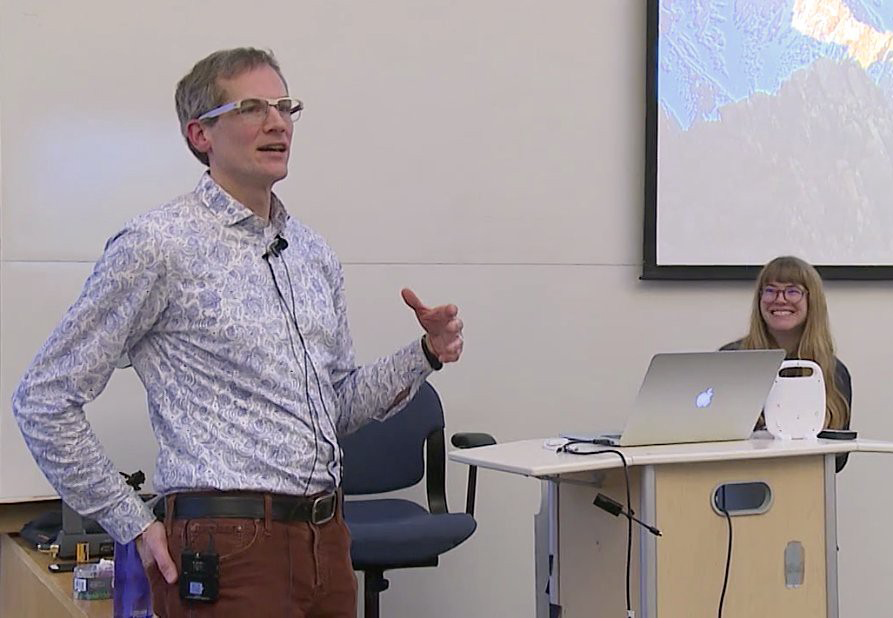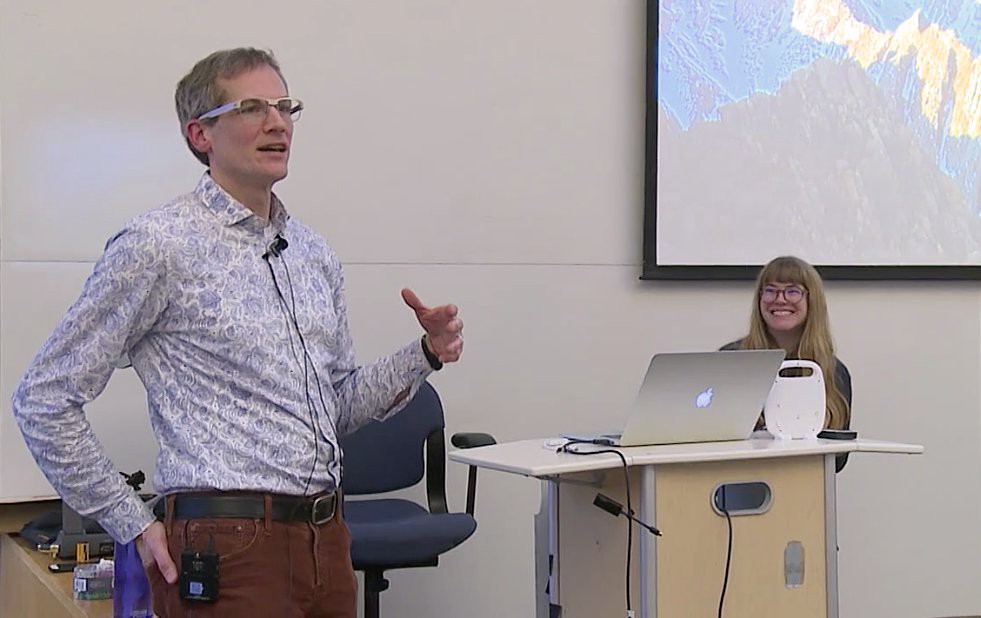


Mark and I were lucky enough to be invited as guest lecturers at Harvard’s CS171 Data Visualization course again this semester. We love being able to share our work outside of the office, especially in classrooms where students have the opportunity to ask questions. We covered some of the most frequently asked questions last year, but there were some new ones this semester.
What are everyone’s backgrounds?
Everyone in the office has a unique pathway as to how they got into visualization. In general, most people have a strong background in design, development, or research analysis, but specific backgrounds range anywhere from a BFA in Graphic Design to a Ph.D. in Astrophysics. At Fathom, designers can learn to code, and coders can learn about typography. You can read more about each individual on our team page.
Why do you build your own exploratory tools?
With tools out there like Tableau and D3, we often get asked why we usually build our own for each project. Part of it is that when we started doing this, tools like Tableau weren’t viable (and D3 didn’t exist). As a result, we have a lot of reusable snippets of code for things like maps, bar charts, circle packing, etc., and it ends up being a lot faster for us to adapt that code over spinning up a new project in Tableau. The other deciding factor is that a lot of the time the data we are working with is too large for D3 to handle without getting very slow, or even for just looking at it in Excel (a worksheet can only be 1,048,576 rows?? Come on!) It also helps us really understand the gaps and nuances in the data very quickly.
How do you take into account privacy when working with data?
Most of our projects do not come from data where individuals could personally be identified. When they do, we are especially sensitive to possible privacy concerns. For instance, when we did this project and others like it for Nike, we explicitly avoided concepts that would expose data in problematic ways. We simply treat it as another design constraint.
But generally, that kind of data is anonymized appropriately by the client, and we always make sure that our work does not do anything to weaken that anonymity.
How can I learn more from you guys?
To stay up to date with what we’re up to, you can follow us on Twitter, Instagram, and Medium, or sign up for our newsletter.
Where can I find more information about the projects you shared?
- What the World Eats with National Geographic
- No Ceilings with the Clinton Foundation and Gates Foundation
- Discover for On Being
- Wikipedia Inventory poster
- GROWTH X DATA with State Street
- Connected China with Thomson Reuters
- And a selection of tools
Thanks to Mark Schifferli
We’d love to hear what you’re working on, what you’re curious about, and what messy data problems we can help you solve. Drop us a line at hello@fathom.info, or you can subscribe to our newsletter for updates.